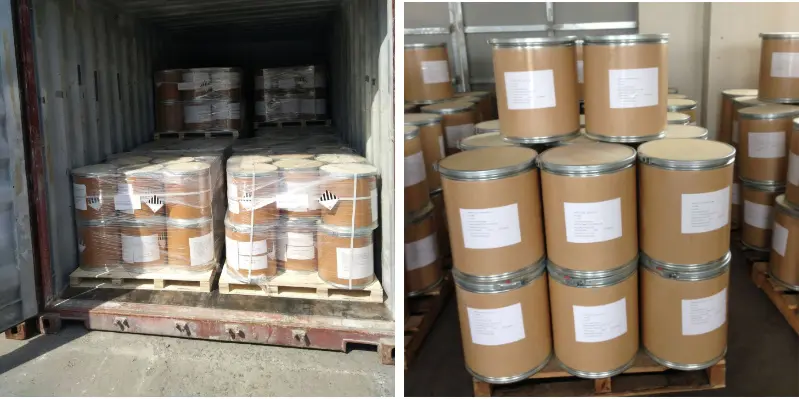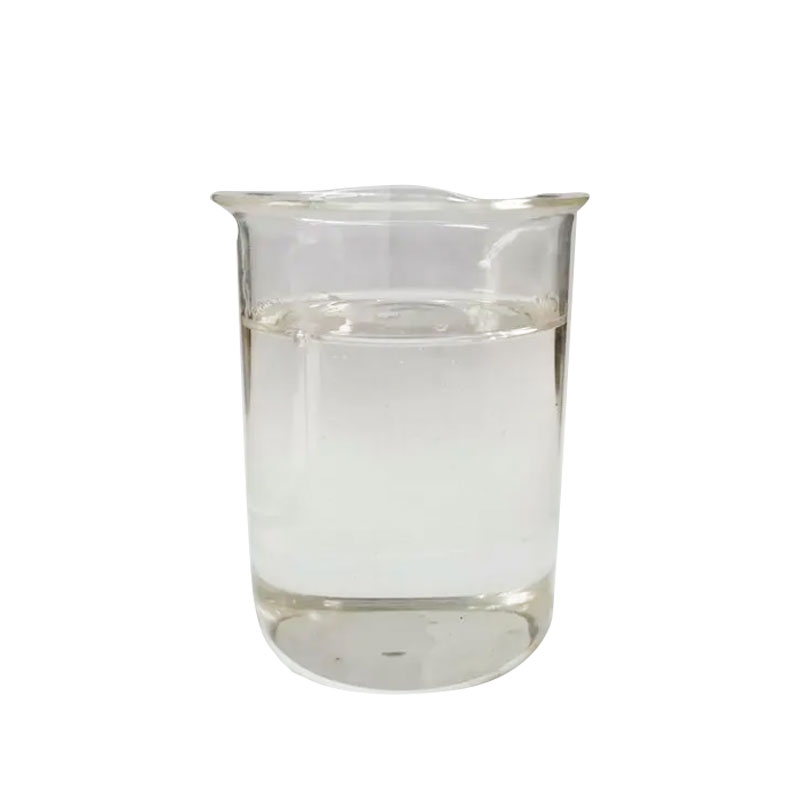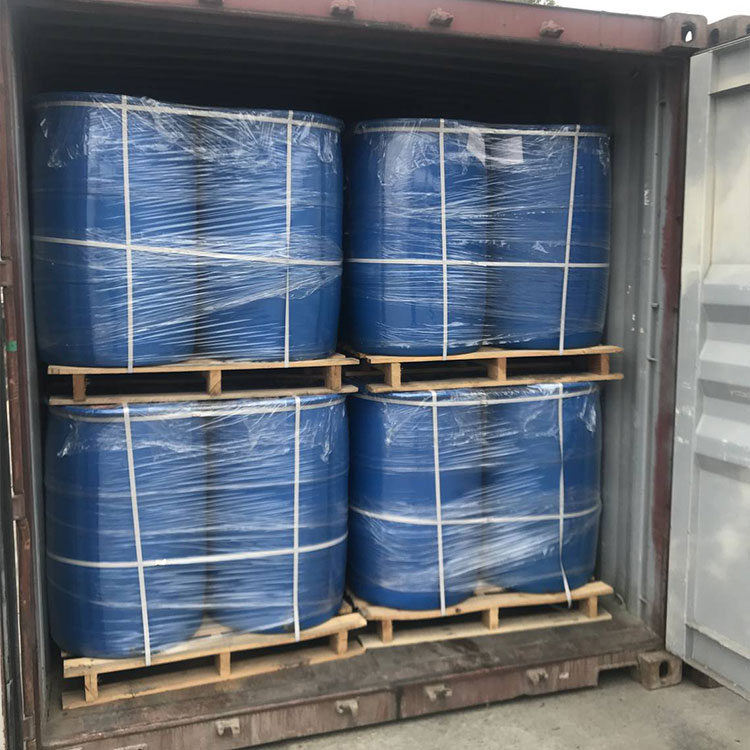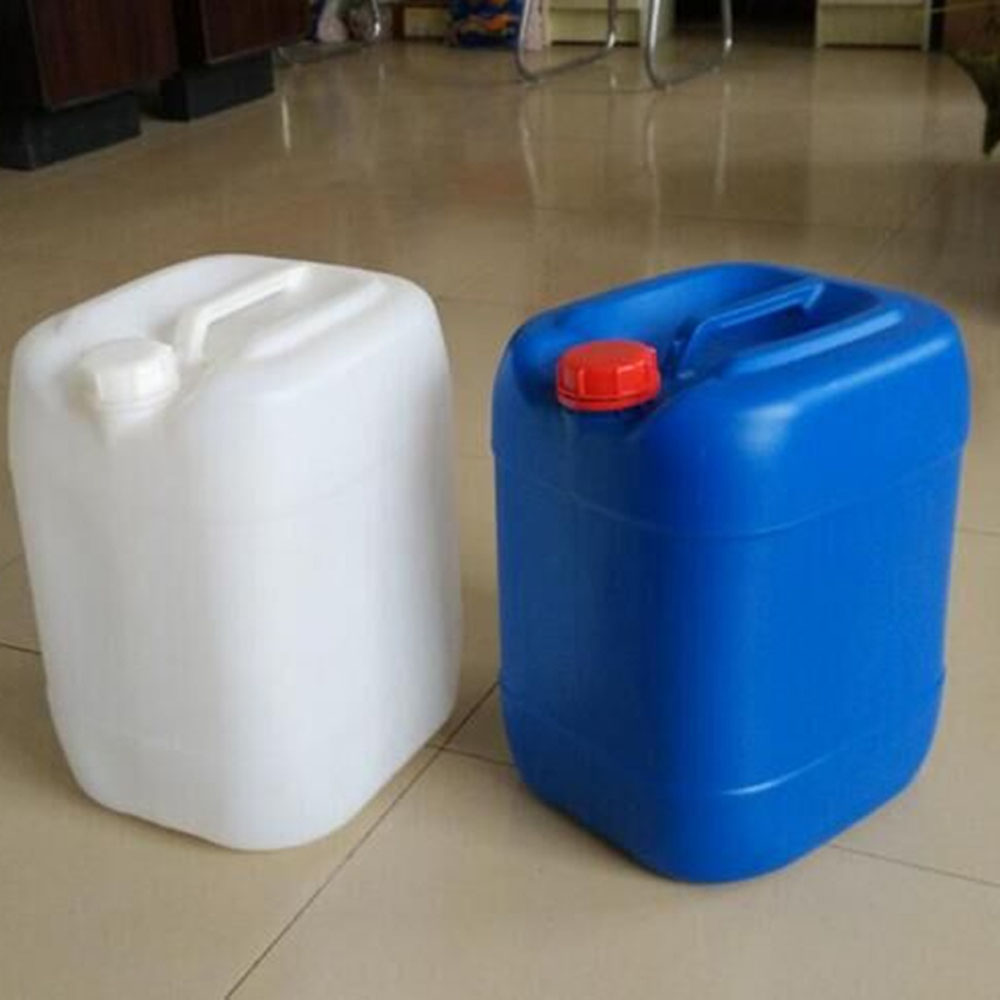Methanol CAS#67-56-1
Methanol CAS#67-56-1 Promotion Season Now in Store and Free Sample for Testing with Factory Price
Chemical Name:Methanol
CAS No.:67-56-1
Molecular Formula:CH4O
Molecular weight:32.04
Sample: Available
Mode of Transportation
1. By Air, fast but expensive.
2. By Sea, usual and economy.
3. By Train, suit for middle Asia countries.
4. By Express, suit for small package.
We only provide highest quality goods available, accompanied by after support!
Methanol is the easiest fatty alcohol. It is a colorless, flammable, worrying liquid with a boiling factor of 64.7°C, a melting factor of -93.90°C, and a relative density of 0.7913. Soluble in water and most natural solvents. Its extreme toxicity can injury the optic nerve. Once swallowed, it can make the eyes blind and even reason death.
Methanol has the established residences of a essential aliphatic alcohol. The three hydrogen atoms on a carbon atom with a hydroxyl crew can be oxidized, orderly producing formaldehyde, formic acid, and carbon dioxide. Therefore, it is mostly used in the synthesis of formaldehyde. Methanol is without difficulty transformed into vital natural synthesis intermediates such as methyl carboxylate, methyl chloride and methylamine, and it is additionally utilized as essential organic solvents, extraction dealers and alcohol denaturants.
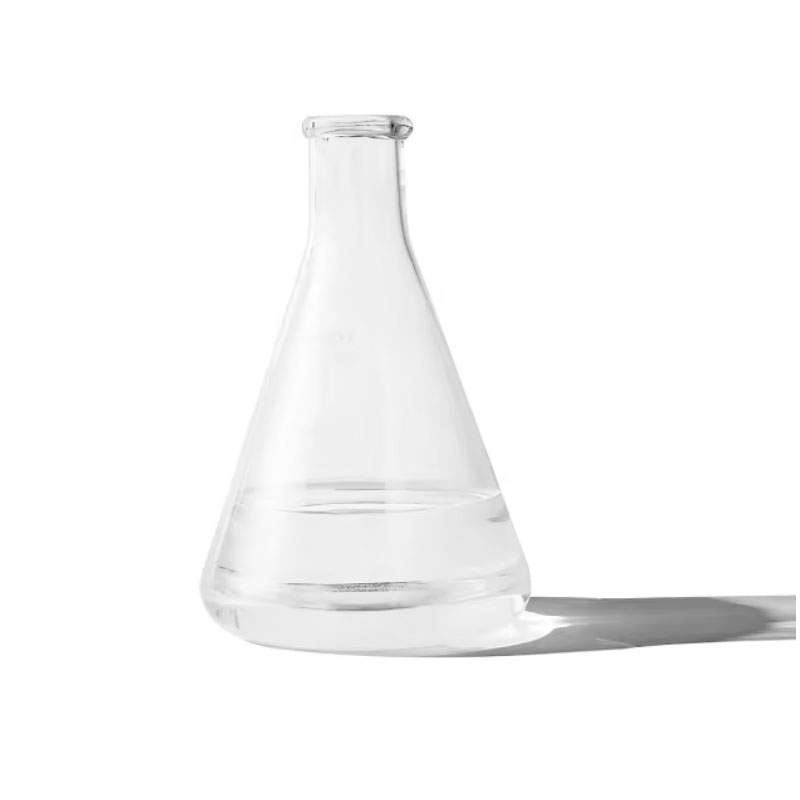
Methanol Chemical Properties |
Melting point | -98 °C(lit.) |
Boiling point | 65.4 °C(lit.) |
density | 0.791 g/mL at 25 °C |
vapor density | 1.11 (vs air) |
vapor pressure | 410 mm Hg ( 50 °C) |
refractive index | n |
Fp | 52 °F |
storage temp. | 2-8°C |
solubility | benzene: miscible(lit.) |
pka | 15.2(at 25℃) |
form | Liquid Free From Particulates |
Specific Gravity | 0.793 (20/20℃) |
color | <10(APHA) |
Odor | Faint alcohol odor detectable at 4 to 6000 ppm (mean = 160 ppm) |
Relative polarity | 0.762 |
explosive limit | 5.5-44%(V) |
Odor Threshold | 33ppm |
Water Solubility | miscible |
λmax | λ: 210 nm Amax: 0.50 |
Merck | 14,5957 |
BRN | 1098229 |
Henry's Law Constant | 4.99 at 25 °C (headspace-GC, Gupta et al., 2000) |
Exposure limits | TLV-TWA (200 ppm) (ACGIH), 260mg/m3, 1040mg/m3 (800 ppm) 15minutes (NIOSH); STEL 310mg/m3 (250 ppm); IDLH 25,000 ppm (NIOSH). |
Dielectric constant | 33.6(20℃) |
LogP | -0.770 |
CAS DataBase Reference | 67-56-1(CAS DataBase Reference) |
NIST Chemistry Reference | Methyl alcohol(67-56-1) |
EPA Substance Registry System | Methanol (67-56-1) |
Safety Information |
Hazard Codes | Xn,T,F |
Risk Statements | 10-20/21/22-68/20/21/22-39/23/24/25-23/24/25-11-40-36-36/38-23/25 |
Safety Statements | 36/37-7-45-16-24/25-23-24-26 |
RIDADR | UN 1170 3/PG 2 |
OEB | A |
OEL | TWA: 200 ppm (260 mg/m3), STEL: 250 ppm (325 mg/m3) [skin] |
WGK Germany | 1 |
RTECS | PC1400000 |
F | 3-10 |
Autoignition Temperature | 385 °C |
TSCA | Yes |
HS Code | 2905 11 00 |
HazardClass | 3 |
PackingGroup | II |
Hazardous Substances Data | 67-56-1(Hazardous Substances Data) |
Toxicity | LD50 oral (rat) |
IDLA | 6,000 ppm |
Product Usage
Methanol is an essential chemical uncooked fabric for nice chemicals. Its carbonylation at 3.5 MPa and 180-200° C in the presence of catalyst can produce acetic acid and similarly produce acetic anhydride. It reacts with syngas to put together vinyl acetate in the presence of catalyst; reacts with isobutylene to produce tert-butyl methyl ether; put together dimethyl oxalate thru oxidization and carbonylation, and a in addition hydrogenation to produce ethylene glycol; reacts with toluene underneath catalyst and simultaneous oxidization to produce phenylethyl alcohol. It can be used as a appropriate solvent, as a pesticide uncooked material, as an antifreeze agent, as a gas and gas additive (this is receiving growing interest in environmental safety field). It is the fundamental uncooked cloth in the training of formaldehyde, the uncooked cloth in medicinal drug and spices production, a solvent in dyes and paint industries, the uncooked fabric in education of methanol single mobile protein and synthesis of methyl ester.
Factory and Equipment Show
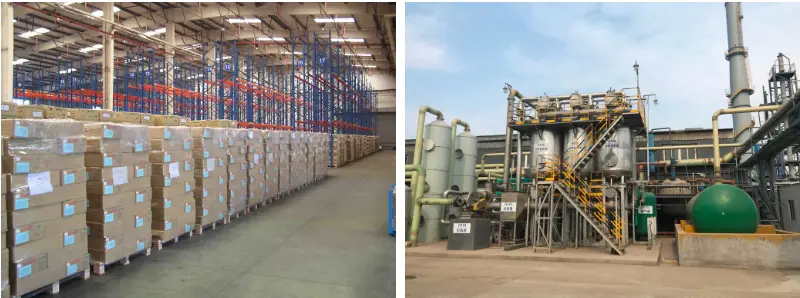
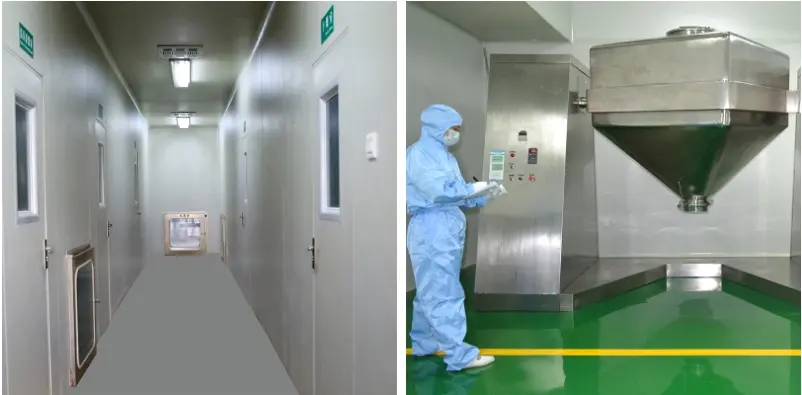
Fast transport time
Inventory 2-3 working days New manufacturing 7-10 working days
